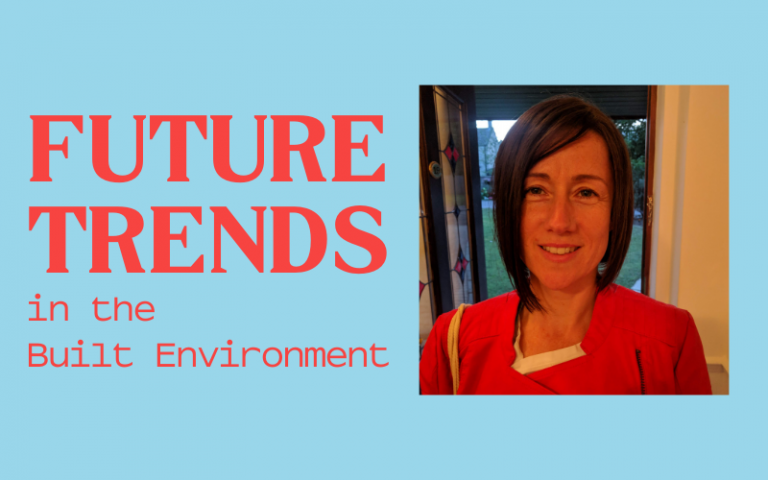Future Trends with Dr Lucy Natarajan
10 February 2021
Future Trends is a series of interviews with researchers at The Bartlett to hear their take on future trends and developments for the built environment in 2021.

This week, we spoke to researchers across The Bartlett Faculty of the Built Environment to find out their predictions for future developments and trends in 2021.
For our last interview of the series, we’re hearing from Dr Lucy Natarajan, Lecturer (teaching) at The Bartlett School of Planning. Lucy’s research centres on the interface between government and the public. She looks at strategic issues of planning – such as spatial plans, environmental/sustainability agendas, and major infrastructure – where the involvement of the public is currently undervalued.
Which trend(s) do you see developing in your area or discipline?
We are moving towards a resurgence of thinking about public voice within democratic systems, which is fuelled by the interlocking nature of place and wellbeing. In my work with the Clean Air Community and the Glass House Community-led Design, we have been continuing to engage online with those in local authorities, local communities, the academy, and hospitals.
We know there is a general awareness of the value of public engagement in planning and place-making, but after around a year of 'lock-down' we have learned that health concerns and digital modes sharpen this awareness. It is a commonplace that the public ought to be involved, and that we are still developing the tools, approaches, and understandings needed for meaningful processes. But as the current health emergency curtailed off-line forms of engagement and limited capacity to engage, we have needed to be extremely explicit about the purposes and value of public voice.
In addition, the tendency to see digital engagement as an optional extra has been eroded. As a result, there is increasing reflection on the real power within the uses of social media, as well as debates over the difficult choices between our bodily/material presence in society and community/collective action for public health.
What you predict to become a focus in the coming year?
How public involvement can support resilient cities. The global crisis is no less urgent than before, but I wonder if we might turn a corner in light of the pandemic.
Historical data demonstrates that reductions in emissions resulting from crises are temporary and the overall trend of increasing pollution continues relentlessly upwards. On the other hand, we have been forcibly embedded in our local places where we see the direct benefits of sustainable practices - walking, cycling, shopping locally and the like - on our communities and our neighbourhoods. This is a harsh but clear demonstration of the reality of resilience, which is built through action and alliances in urban spaces.
Resilient city rhetoric has been growing internationally and, because I am an optimist at heart, my view is that the experience of a pandemic might lead to a greater interest in operationalising at least some of the underlying principles within cities. This could, for instance, be done through promoting foundational economies (e.g. focusing development on non-exportable goods and services in places), which - as the UK2070 Commission has argued - is a key action that can help address the stark socio-economic inequalities in the UK today.
 Close
Close

